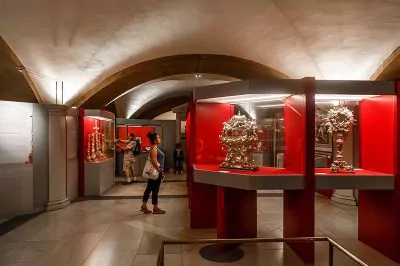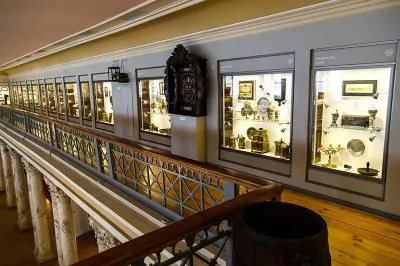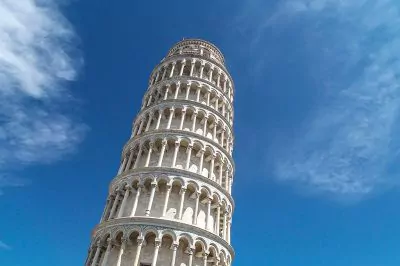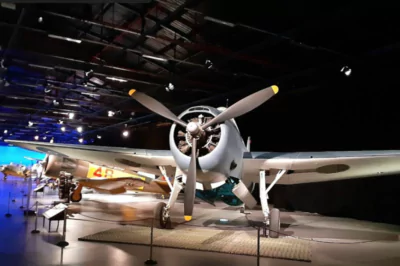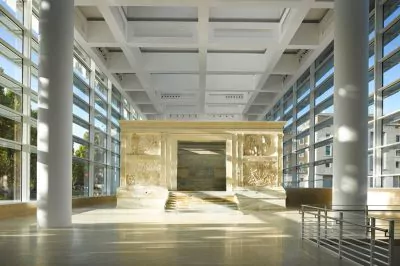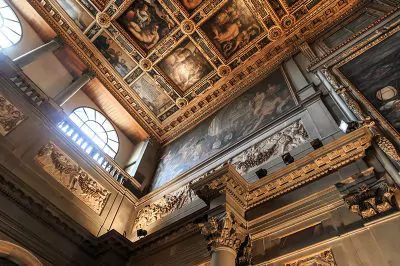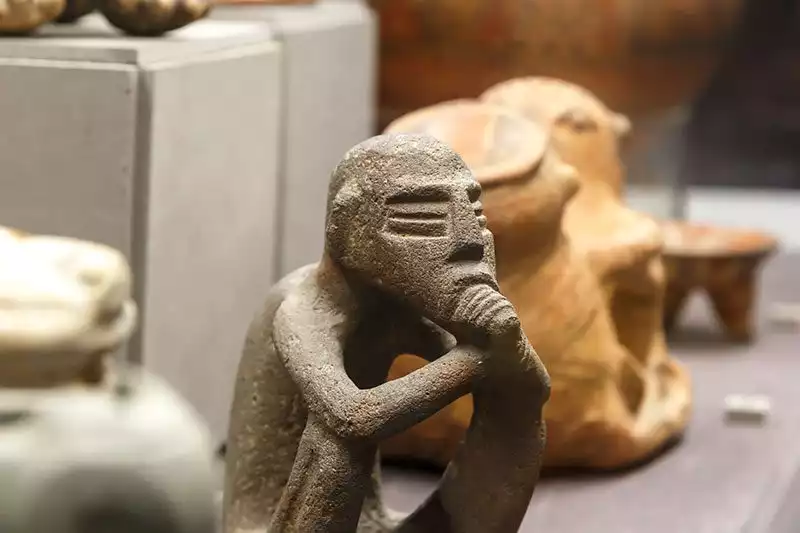
Archaeological Museum of Florence: Gives Dimension to Your Mind
National Archaeological Museum in Florence should definitely be on your list of places to visit in Florence. The museum has quite a lot of artifacts, so you should spend at least a couple of hours. Although the museum was originally intended to consist of collections belonging to the rich families of the period, the Medici and Lorraine, it has developed over time to its present form.
In the 18th century, with the inclusion of Pierre Leopold de Toscane’s collection, the Egyptian section of the museum was opened and started to be developed. Around the same time, the works of Ippolito Rosellini, an Italian Egyptologist born in Pisa, and Jean François Champollion, a philologist, Egyptologist and scholar of ancient Greek and Latin literature, increased the museum’s holdings.
Anyone interested in Egypt should know Champollion. At the age of 16, he learned nearly 12 languages besides his mother tongue French, such as Latin, Hebrew, Greek, Sanskrit, Arabic and Syriac, and became a professor of history at the age of 19.
The hieroglyphic writings, which remained an unsolved mystery for centuries in Egyptian history, were deciphered by Champollion and Egyptian history entered a process of enlightenment. Champollion, who pioneered Egyptology by reading the inscriptions on the Rosetta Stone found during excavations in Egypt, is an important person in this respect.
When you enter the museum, you are greeted by a statue of a creature called the Chimera of Arezzo. This sculpture, an example of Etruscan art, was found in Arezzo and was owned by Cosimo I to be added to the collection of the Medici family. Made of bronze, the statue itself looks like a lion, while its tail is shaped like a snake. It was presented to the public by the Medici family for many years in Palazzo Vecchio.
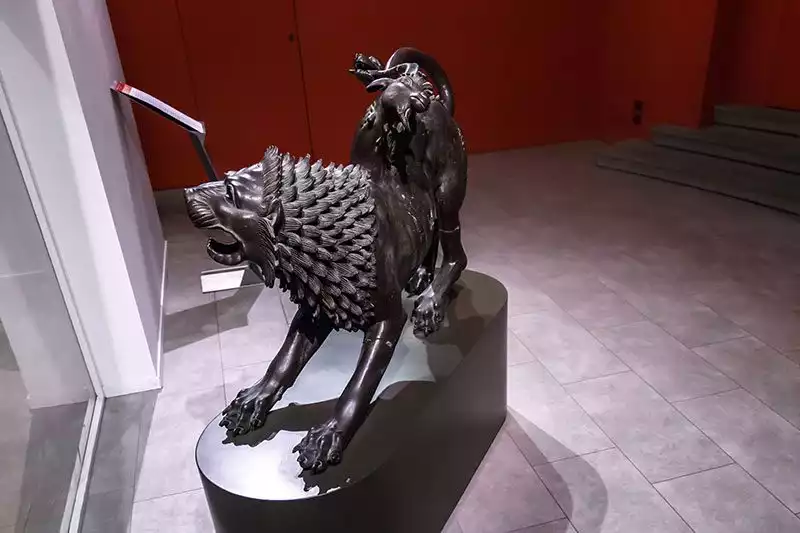
The museum also contains artifacts from the Etruscan Kingdom, which existed in the 1800s and occupied a large part of Tuscany. An earlier room containing the Etruscan collections was destroyed by a flood, but this section was restored and opened to visitors in 2006.
There are many ancient objects in the ancient ceramics galleries. Small iconic depictions, face masks and the hand tools used to make these items are on display. Most of the artifacts here are from pre-Columbian times. Finds from Mexico, Guatemala, Costa Rica.
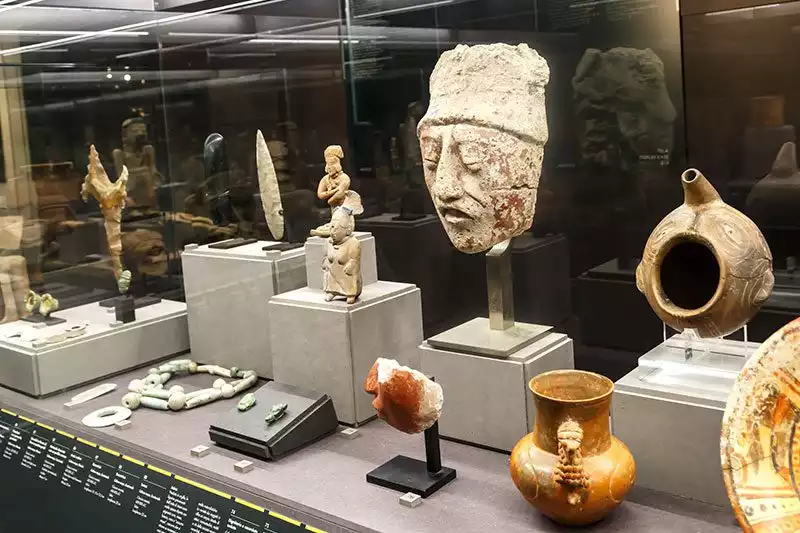
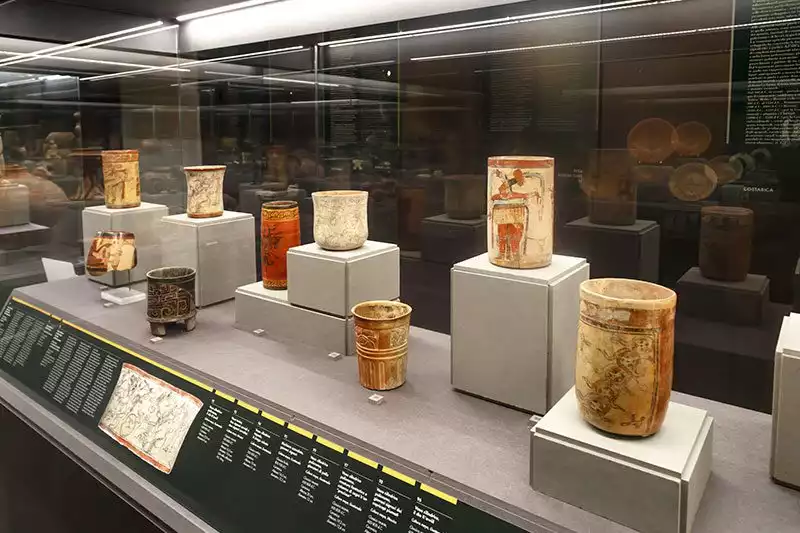
All of them are beautiful, but the one that stands out from the others and that I like the most is the 18 cm tall, crouching shaman character made of gray basalt stone. This type of artifact is mostly from Central America.
These artifacts belonging to a period before the Aztecs are called Olmek. Although Olmecs appear as human figures, most of them are anthropomorphs, an animal-human hybrid species. In most of the artifacts, the eyes of the human figures resemble the eyes of a jaguar, a symbol of power.
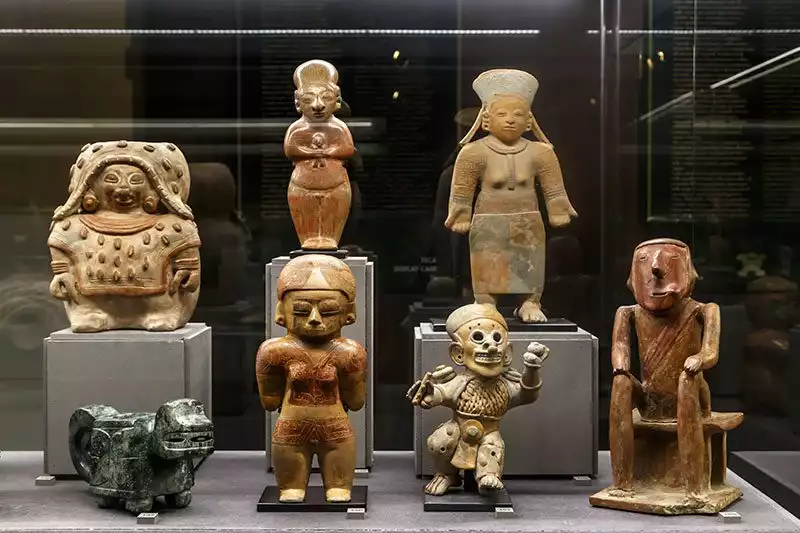

Among the artifacts exhibited in the exhibition are pottery and urns. These tools, which are quite common, were not only used to carry water but also to hold the ashes of the cremated dead. In addition to their simplicity, various human and animal figures began to appear on them over time.
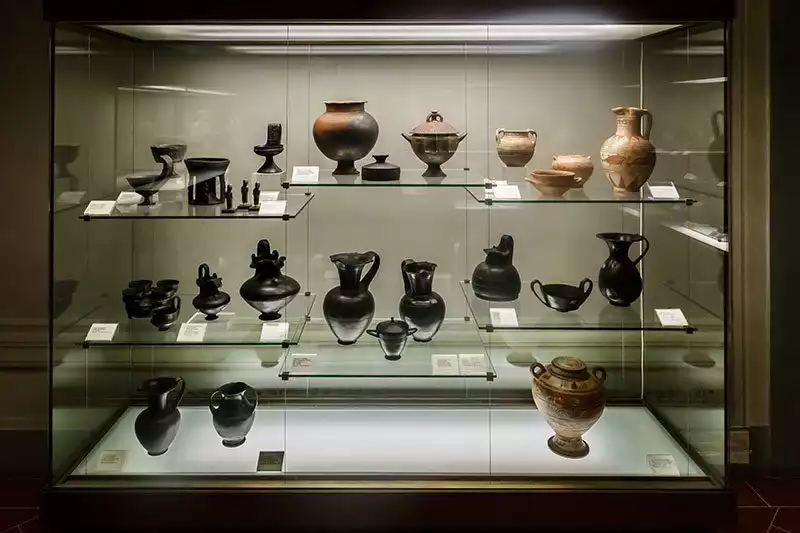
Among the artifacts recovered from Etruria, the historical region covering the Lazio region of Tuscany, artifacts made of bronze were encountered. The artifacts, which are mostly made as vases and candle holders, include a mixture of human and animal figures and various decorations on the work.
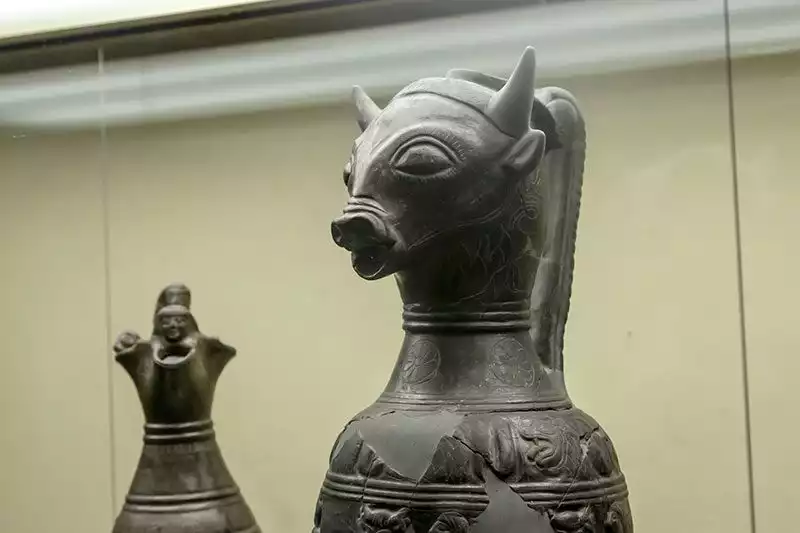
Many bronze sculptures in the museum belong to the collection of the Medici and Grand Ducal families. Most of the small bronze sculptures, averaging 30 cm in length, were moved here from the Uffizi in 1890.
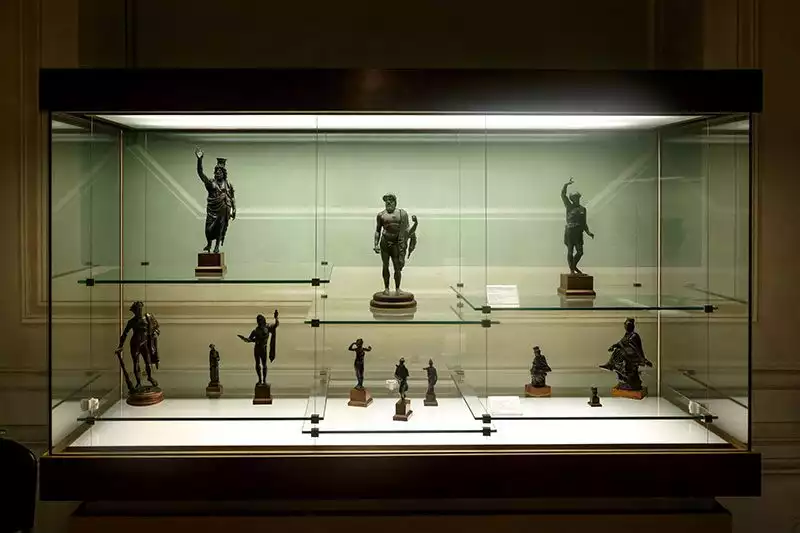
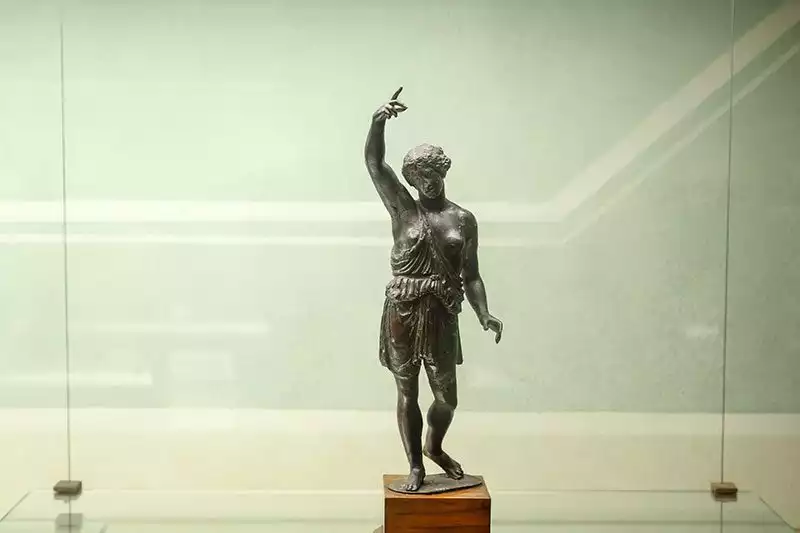
The museum also includes ancient Greek artifacts. These vases depict various compositions including human figures and mythological subjects. The vibrant colors are almost like a small painting.
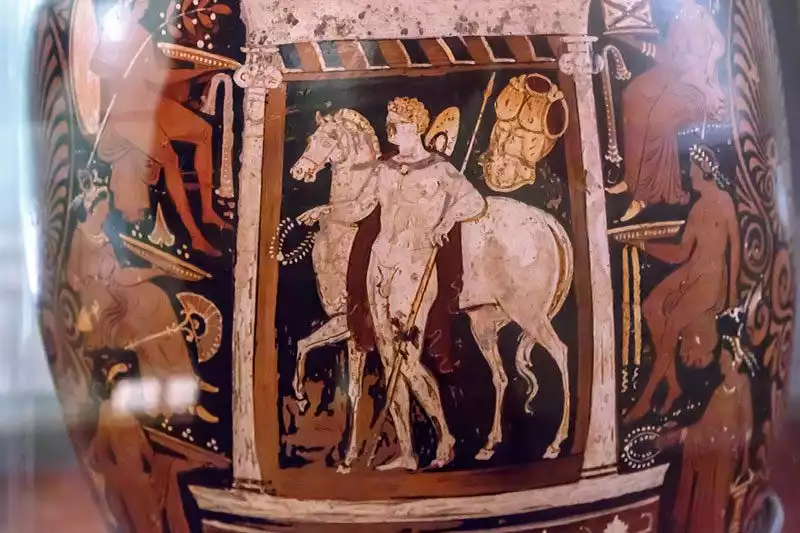
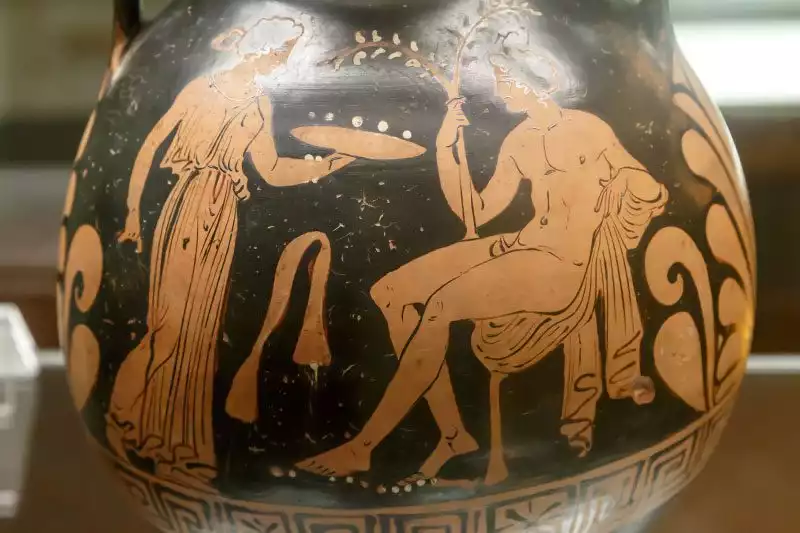
The horizontal friezes painted on the vases form geometric shapes. There are of course examples of these in the Florence Archaeological Museum and they are open to visitors.
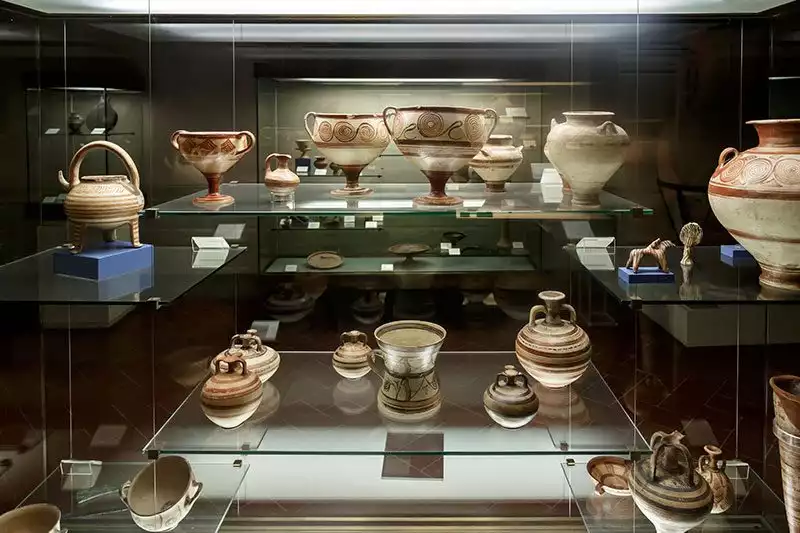
The most exciting part of the museum is its galleries on Egyptology. It has the largest collection of Egyptian artifacts after the Museo Egizio, known as the Egyptian Museum in Italy. Nearly 14,000 artifacts are arranged chronologically and topographically.
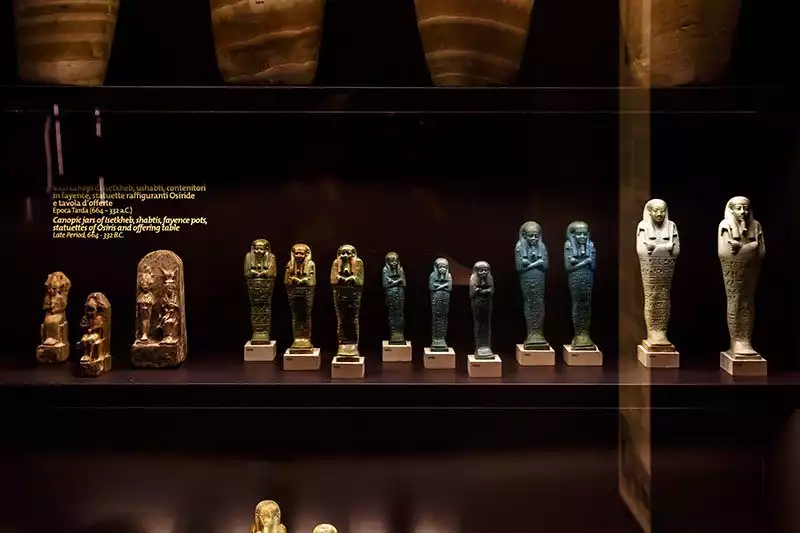
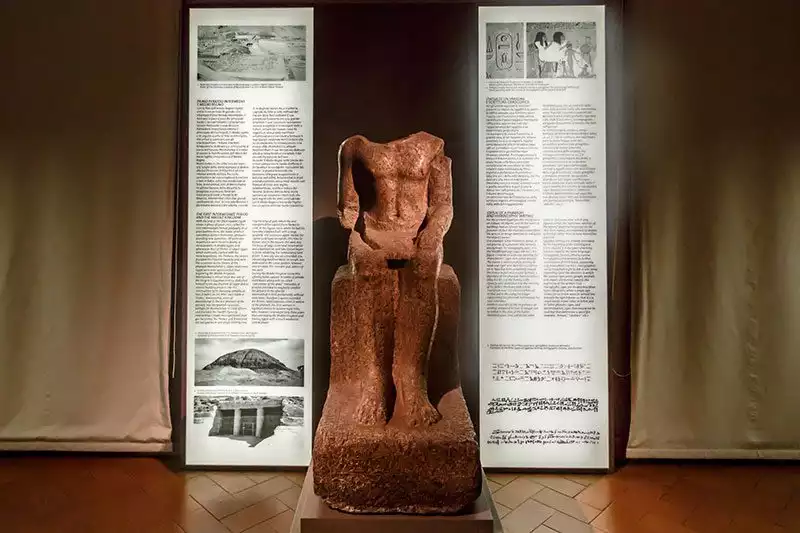
The drawings and writings on the monolithic stone steles provide important information about the civilization of that time. It is possible to see many well-preserved steles here.
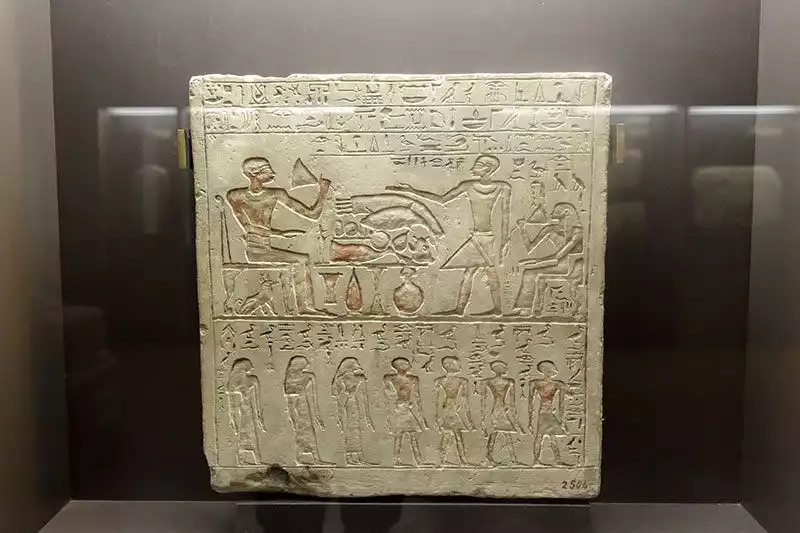
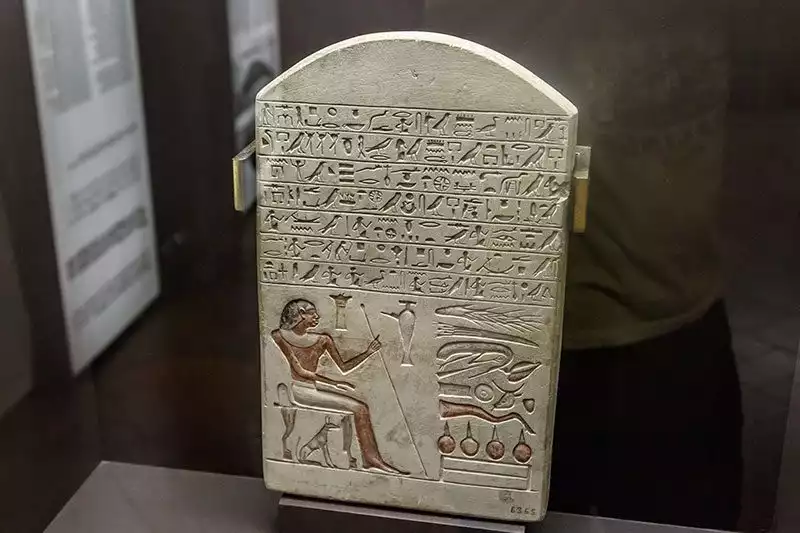
The ancient Egyptian concept of the afterlife is of great physical importance, especially for the pharaohs. For this reason, it is thought that the body that will live in the other world should also be protected. The organs of the deceased would be removed, placed in a vase, special medicines would be applied, the person would be wrapped and placed in wooden coffins called Andropoids, which were half human. Mummification has had some very interesting procedures throughout the ages. In the Egyptian galleries of the Archaeology Museum, we have the chance to see the mummified people and their coffins up close.
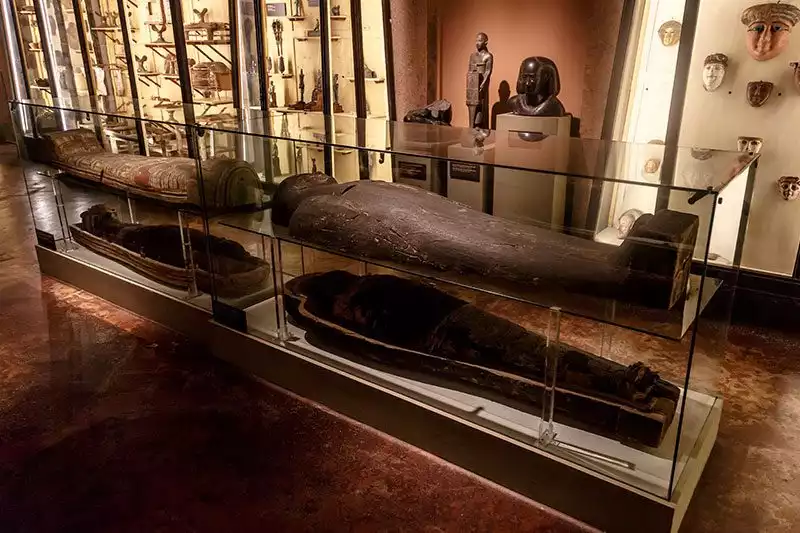
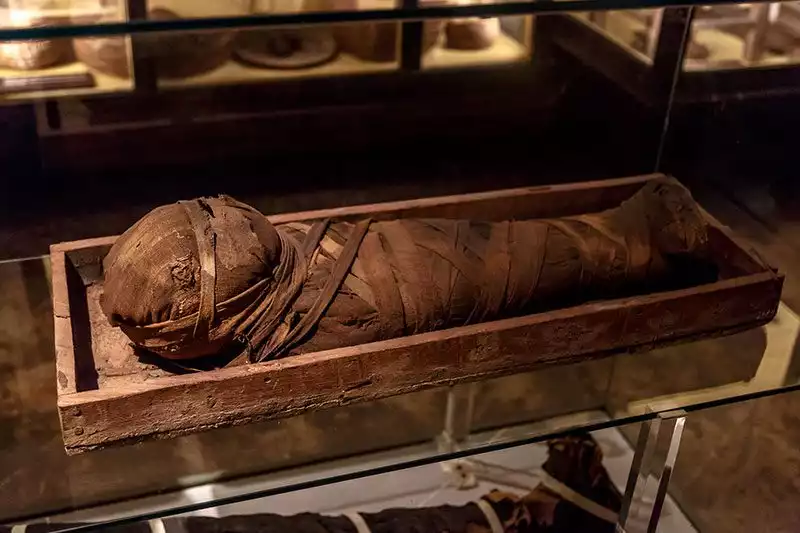
The National Archaeological Museum of Florence is one of the most important museums in the world, housing an incredible collection of art and artifacts from the Etruscan, Roman and Greek civilizations. A visit to this museum is a must for every traveler to Florence as it provides a rare opportunity to see some of the world’s most iconic works of art up close. Whether you are a history buff or just want to appreciate beautiful works of art, the National Archaeological Museum of Florence is definitely worth a visit.

